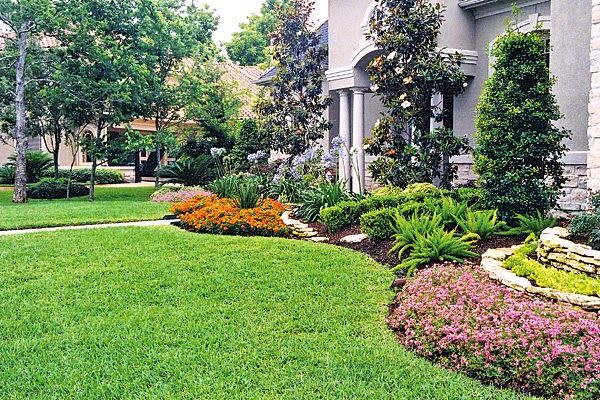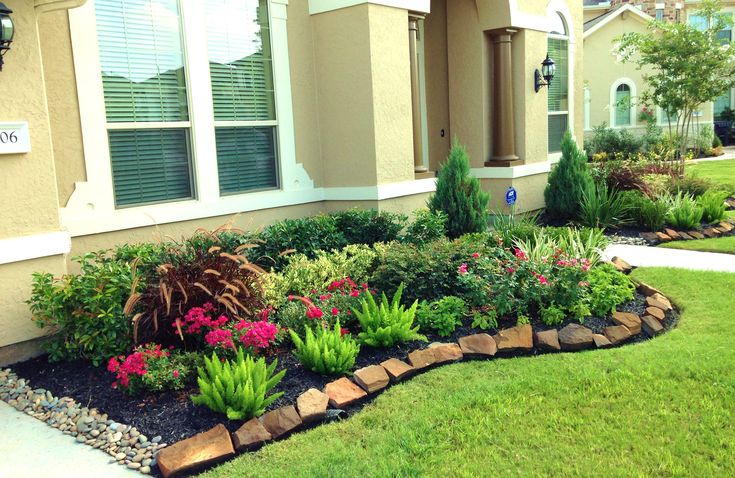Shivzen Nursery and Landscaping
As the saying goes," someone has green thumb", we are very proud to say that our team has green fingers to grow better seedlings with high immunity. Hence, High vigor seedlings were developed to help the farmers.


As the saying goes," someone has green thumb", we are very proud to say that our team has green fingers to grow better seedlings with high immunity. Hence, High vigor seedlings were developed to help the farmers.


The area being small and compact, it is convenient and easy to grow a large number of seedlings per unit area. Managing favorable growing conditions becomes easy and feasible. The area being easily managed, pest and disease management is easy. Promotion of export through supply and processing of quality plant materials. Establishment of disease-free and virus-free scion bank. Ensure optimum utilization of labor, water, nutrients, and others. Ensure easy and cheap availability of plants.
Along with vegetable seedlings we are also developing horticulture seedlings and supplying different lawn grasses and guiding the landscaping plans to engineers for adding esthetic values to their building plans.
It is prime important to select a locality in which a wide range of species and varieties are grown and are in great demand in the market. The soil should be physically good with proper drainage. Usually, for the fruit plant friable loamy soil high fertility with PH range of 5.5-6.5 are however, soil with hard and compact sub-soil layers should be avoided. Usually, a depth of 70-80mm is sufficient for growing plants in nursery. Soil with implemented of calcium carbonate may be avoided as it affects permeability and aeration, resulting in poor root development.
Landscaping can increase the resale value of a building by up to 14% and reduce the time it takes to sell the property by as much as 6 weeks. Strategically selected and placed plants can reduce home heating and cooling costs by up to 20%. Source: "Economic Benefits of Landscape," Associated Landscape Contractors of America.
Trees, shrubs, turf, and groundcovers trap and filter dust and pollutants from rainwater. Plants utilize the nutrients in particulate matter, preventing it from becoming water pollution.
Landscaping with woody plants along streambanks and shorelines can: Reduce soil erosion. Filter pollutants. Decrease downstream flooding.
A healthy, sodded lawn absorbs rainfall six times more effectively than a wheat field.
Plants improve air quality. "One tree can remove 26 pounds of carbon dioxide from the atmosphere annually, equaling 11,000 miles of car emissions. One study showed that 1 acre of trees has the ability to remove 13 tons of particles and gases annually. An average tree releases enough oxygen each day to supply a family of four. In urban microclimates plants are useful in moderating the temperature effects of solar and infrared radiation, thus increasing comfort levels.
➤ Urban Landscape planning
➤ Floriculture planning
➤ Real estate aesthetic planning
➤ Green lawn infrastructure planning
➤ Landscape architects work both as lead professionals and as specialist site designers on a wide range of projects, including civic developments, urban design, commercial, industrial and tourism developments, and residential and lifestyle subdivisions.

